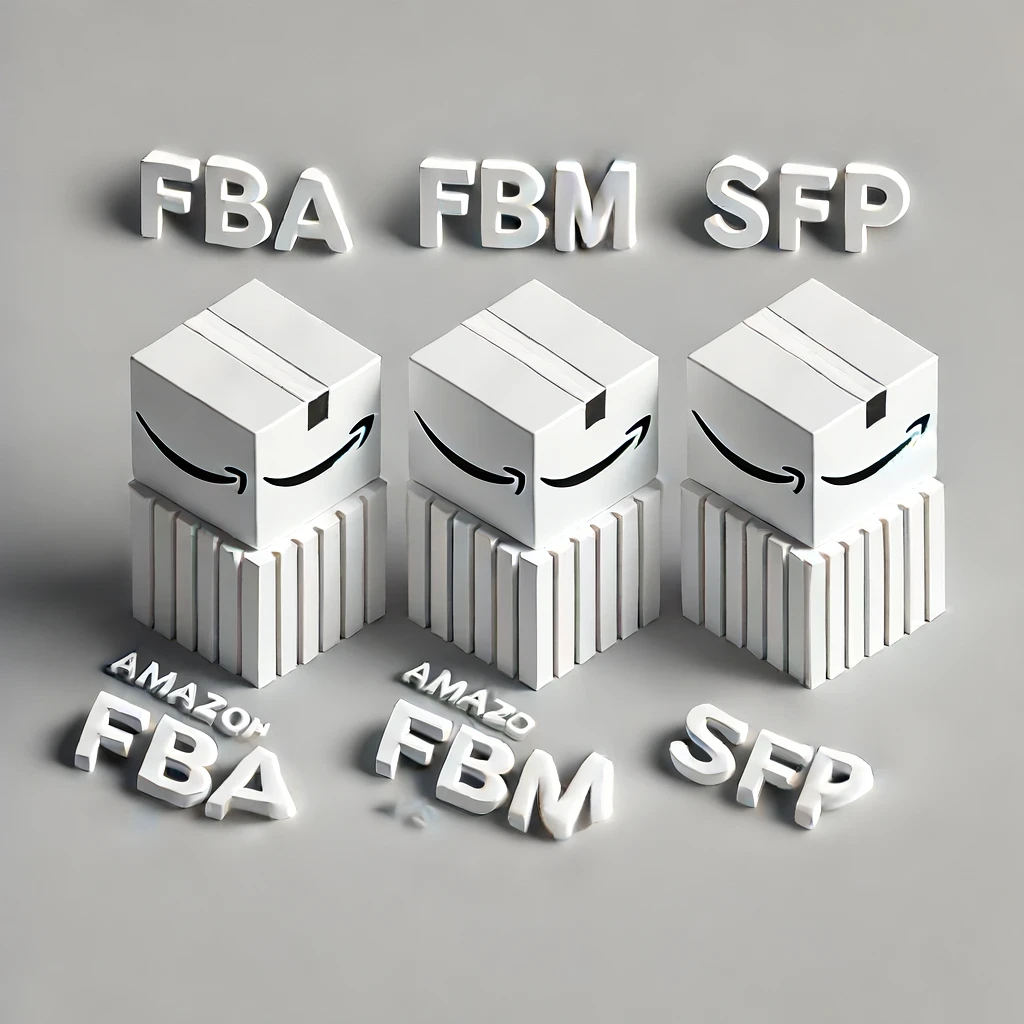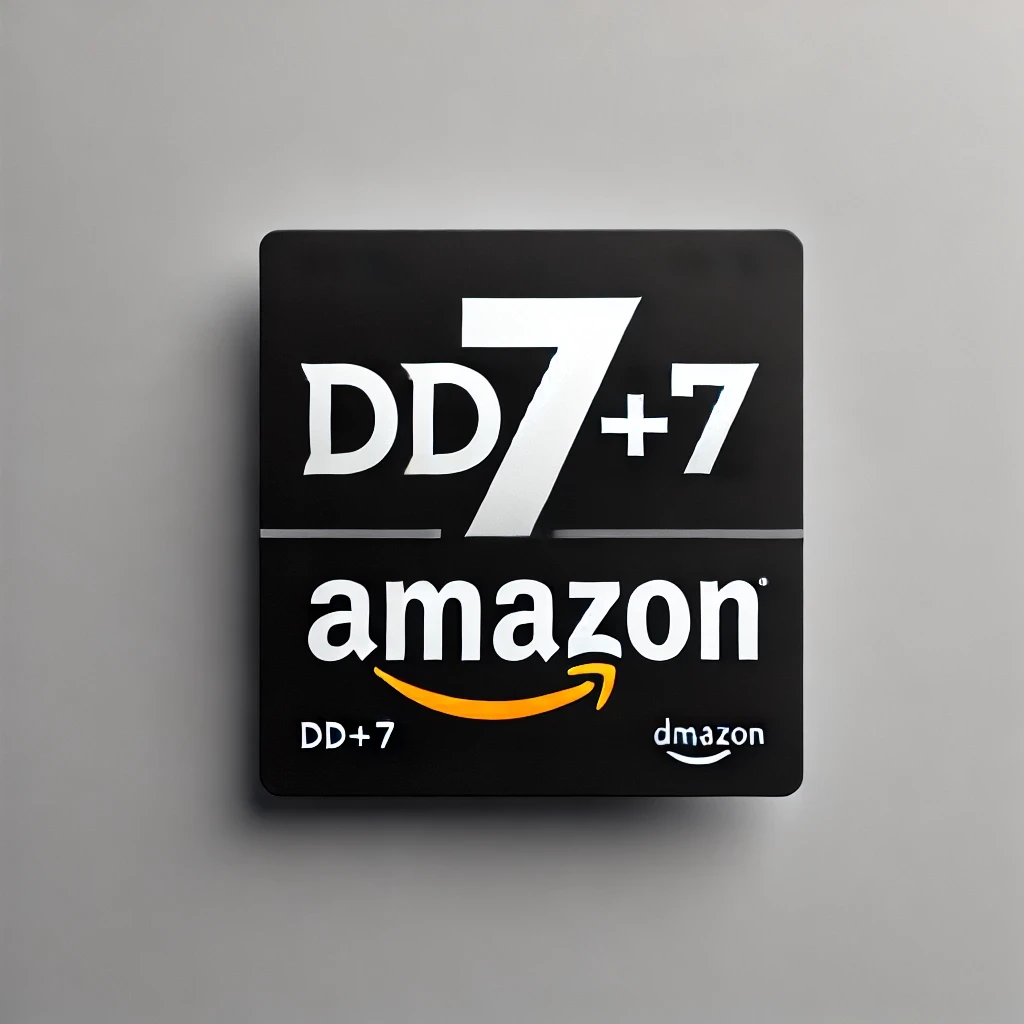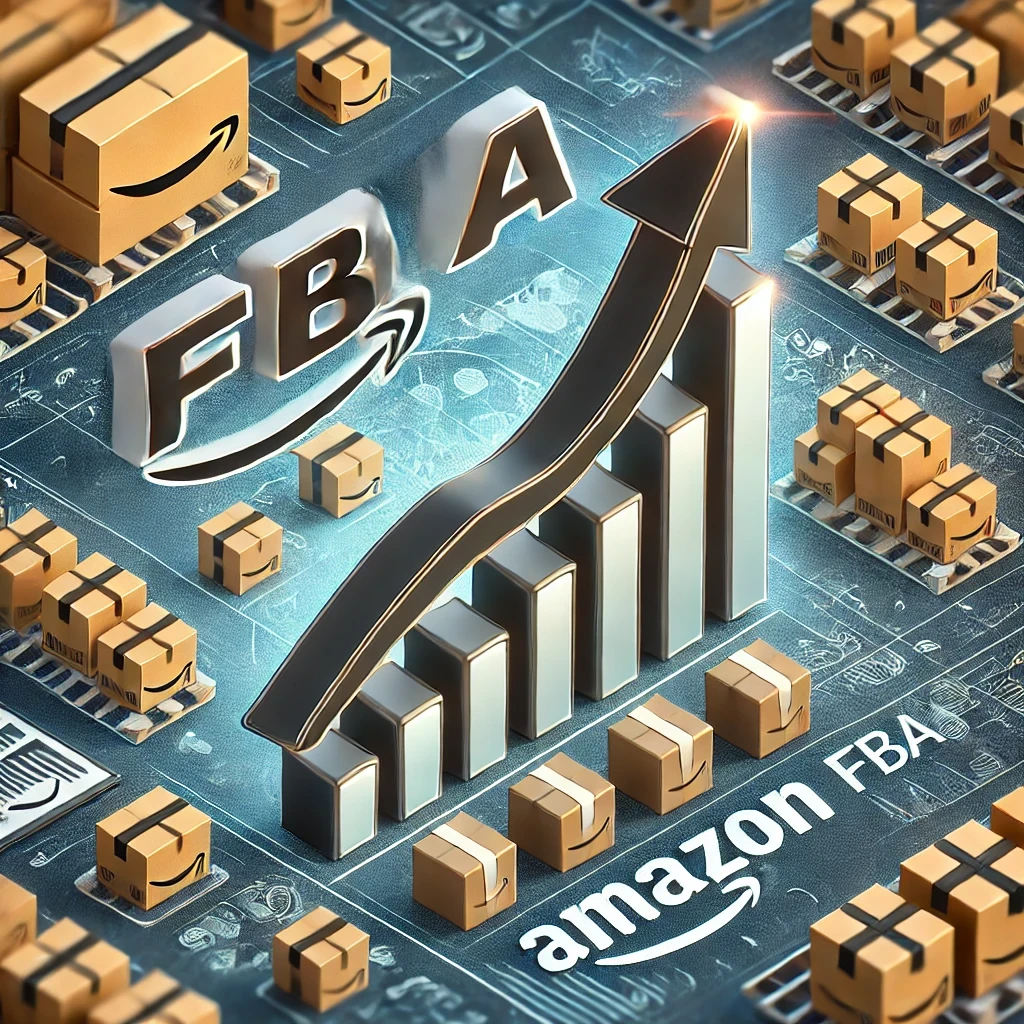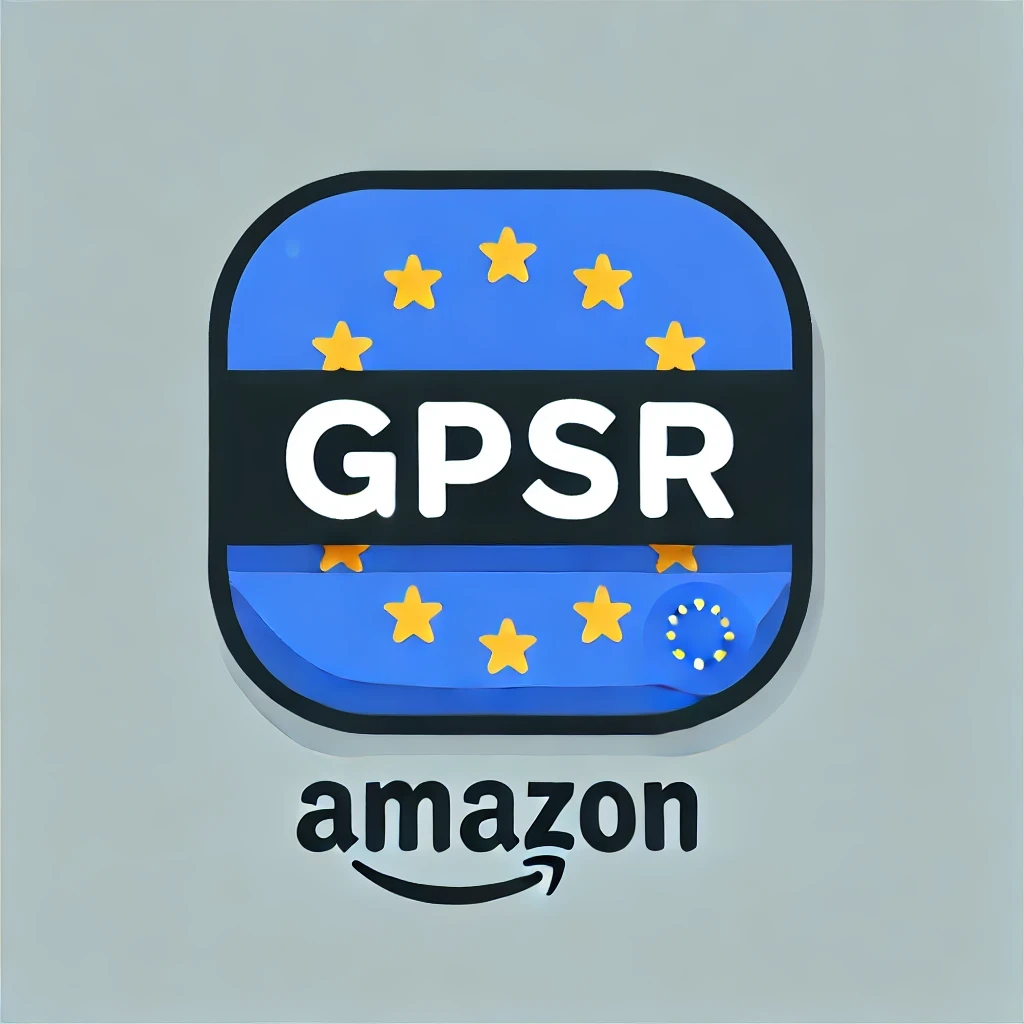Amazon FBA vs FBM vs SFP: Which Fulfillment Method is Best for 2024?
Jun 13, 2024

Selling on Amazon can be a lucrative venture, but choosing the right fulfillment method is crucial for your business's success. Amazon offers three primary fulfillment options: Fulfillment by Amazon (FBA), Fulfillment by Merchant (FBM), and Seller Fulfilled Prime (SFP). Each method has its unique advantages and drawbacks. In this article, we will explore each fulfillment option in detail to help you decide which is best for your business in 2024.
Fulfillment by Amazon (FBA)
What is FBA?
Fulfillment by Amazon (FBA) is a service where Amazon handles the storage, packaging, and shipping of your products. Sellers send their inventory to Amazon's fulfillment centers, and Amazon takes care of the rest, including customer service and returns.
Benefits of FBA
Prime Eligibility: Products fulfilled by Amazon are eligible for Amazon Prime, giving you access to millions of Prime members and increasing your sales potential.
Customer Service: Amazon handles all customer service inquiries and returns, saving you time and effort.
Storage and Shipping: Amazon's extensive logistics network ensures fast and reliable shipping to customers.
Increased Visibility: FBA products often have better visibility and ranking on Amazon's search results due to Prime eligibility and the trust customers have in Amazon's fulfillment process.
Multi-Channel Fulfillment: Amazon can fulfill orders from other sales channels, providing a unified fulfillment solution.
Disadvantages of FBA
Costs: FBA can be expensive due to storage fees, fulfillment fees, and long-term storage fees if your products do not sell quickly. Amazon has a track record of increasing its FBA fees every year.
Loss of Control: Once your inventory is in Amazon's hands, you have less control over how it is stored and handled.
Complex Returns Process: Although Amazon handles returns, the process can be complex and may not always be favorable to sellers. In fact, Amazon recently introduced a return processing fee penalizing sellers with “high” return rates.
Inventory Limits: Amazon may impose inventory limits, particularly during peak seasons, which can restrict your ability to stock up on popular items.
Sales Tax Complications: Using multiple fulfillment centers can create sales tax nexus in different states, complicating your tax obligations.
Fulfillment by Merchant (FBM)
What is FBM?
Fulfillment by Merchant (FBM) is a method where the seller is responsible for storing, packaging, and shipping products directly to customers. The seller handles all aspects of the fulfillment process, including customer service and returns.
Benefits of FBM
Cost Control: FBM can be more cost-effective, especially for sellers with efficient storage and shipping processes. You avoid Amazon's storage and fulfillment fees.
Inventory Control: You have full control over your inventory, allowing for more flexibility and responsiveness to changes in demand.
Flexibility: FBM offers greater flexibility in terms of shipping options, packaging, and branding, enabling a more personalized customer experience.
Direct Customer Relationship: You can build a direct relationship with your customers, which can enhance brand loyalty and repeat business. For example, you can easily add a handwritten thank you card if you wish so.
No Inventory Limits: Unlike FBA, FBM does not impose inventory limits, allowing you to stock as much as you can handle.
Disadvantages of FBM
No Prime Eligibility: FBM products are not eligible for Amazon Prime, which can limit your exposure to Prime members and reduce sales potential.
Increased Workload: Managing storage, packaging, shipping, customer service, and returns can be time-consuming and resource-intensive.
Shipping Reliability: Ensuring fast and reliable shipping can be challenging, especially during peak seasons or if you do not have an efficient logistics network.
Lower Search Rankings: FBM listings may not rank as high as FBA listings in Amazon's search results, potentially reducing visibility and sales.
Customer Trust: Customers may trust FBA listings more than FBM listings due to Amazon's reputation for reliable fulfillment.
Seller Fulfilled Prime (SFP)
What is SFP?
Seller Fulfilled Prime (SFP) allows sellers to fulfill orders from their own warehouse while still offering Prime benefits to customers. To qualify for SFP, sellers must meet Amazon's strict requirements for fast and reliable shipping.
Benefits of SFP
Prime Eligibility: Like FBA, SFP products are eligible for Amazon Prime, increasing your visibility and sales potential.
Inventory Control: You maintain control over your inventory, allowing for greater flexibility and responsiveness.
Cost Savings: SFP can be more cost-effective than FBA, as you avoid Amazon's storage fees while still benefiting from Prime eligibility.
Branding Opportunities: You can use your own packaging and branding materials, providing a more personalized experience for your customers.
No Inventory Limits: Similar to FBM, SFP does not impose inventory limits, giving you more freedom to manage your stock levels.
Disadvantages of SFP
Stringent Requirements: Meeting Amazon's requirements for SFP can be challenging, particularly for small or new sellers.
Increased Workload: Similar to FBM, you are responsible for storage, packaging, shipping, customer service, and returns, which can be demanding.
Risk of Non-Compliance: Failing to meet Amazon's SFP standards can result in the loss of Prime eligibility, negatively impacting your sales.
Initial Setup Costs: Setting up an SFP operation can require significant upfront investment in warehousing and logistics infrastructure.
Complexity: Managing an SFP operation can be complex and may require advanced logistics and order management systems to ensure compliance and efficiency.
How to Choose the Best Fulfillment Method for Your Business?
Choosing the best fulfillment method depends on several factors, including your business size, resources, and goals. Here are some considerations to help you decide:
Budget: Evaluate the costs associated with each fulfillment method, including storage, shipping, and customer service. FBA may be costlier but offers significant benefits, while FBM and SFP can be more budget-friendly if you have efficient processes in place.
Control: Consider how much control you want over your inventory and fulfillment process. FBA offers less control but reduces your workload, whereas FBM and SFP provide more control but require more effort.
Customer Experience: Think about the customer experience you want to provide. FBA and SFP offer Prime benefits, which can enhance customer satisfaction and boost sales. FBM allows for more personalized service but may not attract Prime members.
Scalability: Assess your business's ability to scale with each fulfillment method. FBA can handle large volumes with ease, while FBM and SFP require more resources and infrastructure to scale effectively.
Compliance: Ensure you can meet the requirements for SFP if you choose that option. Non-compliance can result in penalties and loss of Prime eligibility.
Conclusion
Choosing the right fulfillment method for your Amazon business in 2024 is a critical decision that can significantly impact your success. FBA offers convenience and access to Prime benefits but at a higher cost. FBM provides greater control and cost savings but requires more effort. SFP combines the benefits of both but demands strict compliance. Evaluate your business needs, resources, and goals to determine the best fulfillment method for you. With the right choice, you can optimize your operations, enhance customer satisfaction, and boost your sales on Amazon.



